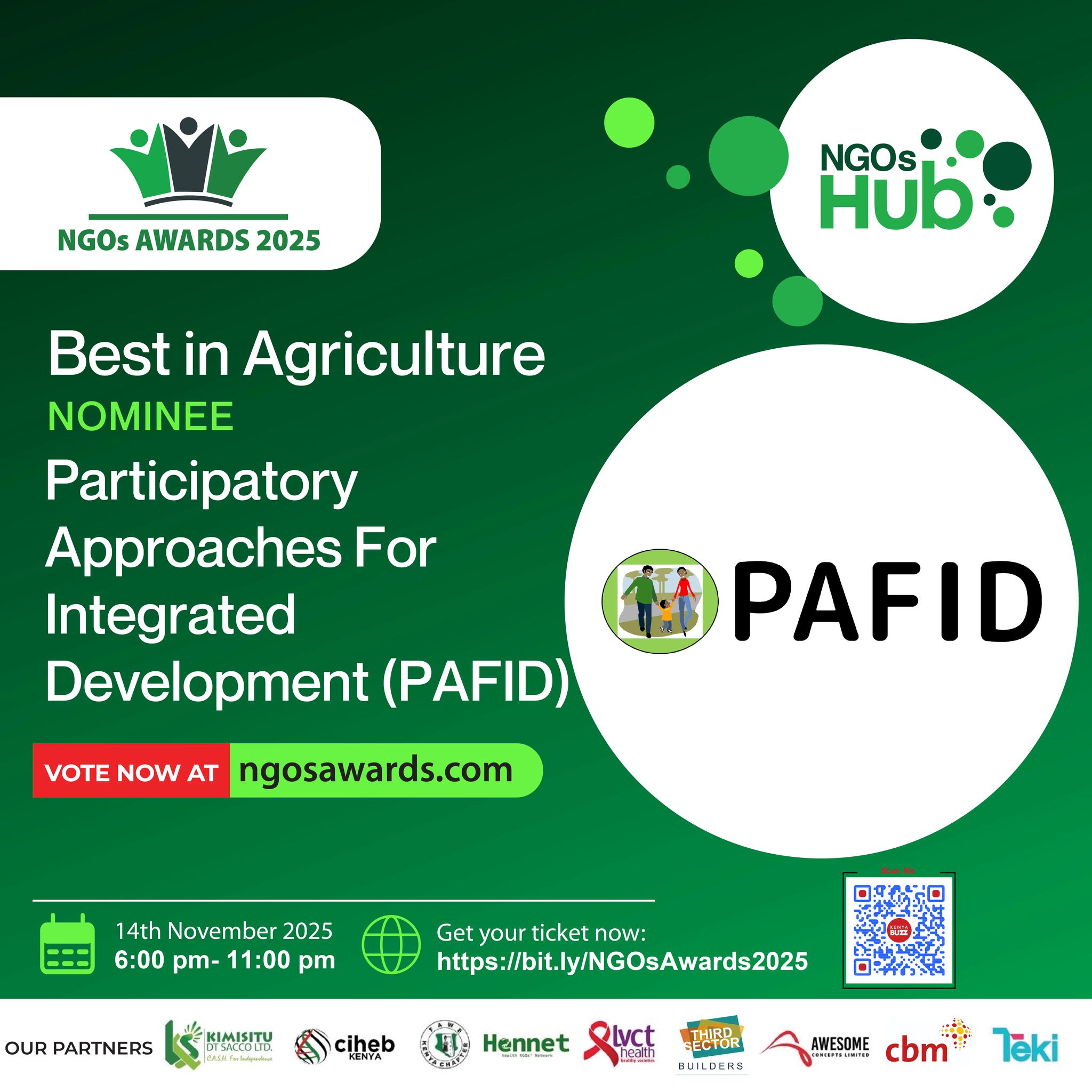By employing conservation agriculture in growing potatoes, farmers across Meru County have been able to more than quadruple their output while lowering the cost of inputs and reducing weeding frequency.
According to The Food and Agriculture Organisation of the United Nations (FAO), Conservation Agriculture (CA) is a farming system that keeps soil disturbance to a minimum which contributes to conserving soil water, nutrient use efficiency, and enhancing its biodiversity. All this serves to improve and sustain crop production.
"No one can convince me to go back to conventional methods of growing potatoes again," Ayubu Miriti exclaimed. The career farmer who was hosting a delegation of farmers, extension officials, and agricultural service providers from Narok, Meru, Nakuru, Nyandarua, and Elgeyo-Marakwet counties at his farm in Kisima Ward, Meru is a recent convert to conservation agriculture and evangelises CA's benefits with good reason.
Having been introduced to conservation potato farming by PAFID (Participatory Approaches for Integrated Development), an NGO implementing the World Food Program-funded Farm to Market Alliance project, Miriti divided up his ¾ acre farmland into three plots. From the first section that was conventionally dug with a hand how he harvested just eight 50 kilo bags of potatoes. The next ¼ acre plot was farmed through an ox-drawn plough; this yielded an improved 22 bags. On the section he trialed CA potato farming he got 36 bags; the equivalent of 144 bags an acre.
"I halved my labour costs through conservation agriculture; as an example, I did not have to carry out any weeding for CA potatoes, while this was done twice for my other plots. Through PAFID, I have also learned about precision input application which has further lowered my cost," Miriti explained.
Ripping breaks soil hardpan (layer of compacted soil formed when tillage implements press the soil directly below it) which hinders water percolation and root penetration in the soil.

Ripper modified with 'ears' used for CA potato cultivation

Rip lines
While Ayubu had to water his crop up to three times a week, with CA grown potatoes he watered them just once a week.
"In the plots of land where ripping was not done, water is often stagnant and is absorbed piecemeal by plants while fertiliser is lost through surface runoff," he said.
Miriti's only regret he asserts is he did not have his entire potato crop under conservation agriculture.
"While conservation agriculture has seen an uptick with Kenyan farmers, most potato growers are still ignorant of its tremendous benefits," said Josphat Musenze PAFID's Meru and Tharaka Nithi Field Supervisor.
For farmers looking to harness the dividend of growing potatoes under conservation agriculture, PAFID works to get them in contact with Mechanical Service Providers (MSPs), i.e, tractor owners. These tractors are affixed with a ripper that is modified with 'ears' that part the ripped soil on either side.
Jason Marangu, a farmer at Kibirichia Ward, and an early adopter of CA potato farming is a perfect case study of the project's transformative impact.
When he started working with PAFID, he says his harvest per acre was a paltry 30 potato bags. As he has been taught and walked through conservation agriculture and the right agronomic practices such as timely planting and harvesting, use of certified seeds, and proper pesticide application he is the first farmer within his region which has a storied potato history to harvest 400 potato bags from one acre, the equivalent of up to 20 tonnes.
Jason now serves as an MSP, as well as training farmers looking to have a practical demonstration on conservation potato farming.
"We have demonstrated that conservation agriculture addresses farmers' major pain points: it raises yields, reduces costs while conserving the environment. As the consequences of both global warming and environmental degradation become more evident, conservation agriculture has become a non-negotiable and we need to work on a more sustainable medium where farmer output isn't impeded and ecosystems are progressively restored, " Josphat Musenze said.



